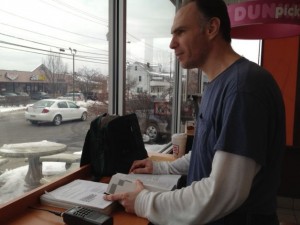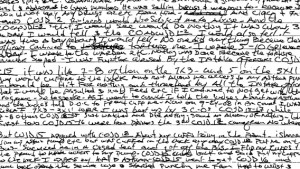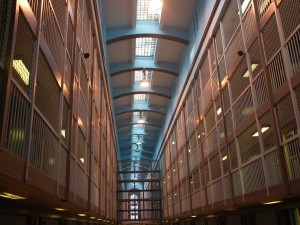By Nicholas Zimmerman.
The following narrative and poem are by Nicholas Zimmerman, who is currently incarcerated at Attica. He has spent, in total, a decade in solitary confinement. The website maintained by his loved ones is www.FREENicholasZimmerman.com. Thanks to CAIC member Desiray Smith for sharing his story.
You are the most profound form of Cruel and Unusual Punishment Know to mankind, yet the Eighth Amendment of the United States Constitution seems to have no effect on you?
You are only 6 feet by 8 feet in size, but your impact is devastating and long lasting.
You are a silent killer, slipping in and out of prison cells late at night to claim your next victim.
You are the Department of Corrections’ most effective weapon in inflicting mental and physical torture upon its captives.
Your existence is undeniable; you’ve been around for hundreds of years.
Numerous experts have complained about you for decades to no avail.
You are the cause of my depression, my high blood pressure, my anxiety, my sleepless nights, and my restless days.
I’ve watched you kill people with out laying a hand on them.
I’ve watched people hang themselves from your support beams within minutes of being in your clutches.
I’ve seen people slice and dice themselves with hopes of escaping your misery.
And I’ve also watched the Correctional Officers and Mental Health staff enjoy every minute of it.
You’re a Bitch in my eyes; not man enough to show your face and fight me one on one, but coward enough to attack me while I’m sleeping and inject fatal thoughts of suicide into my dreams.
Through lawsuits, maintenance, funding and security, you cause the taxpayers billions of dollars per year to stay afloat, yet they know very little about you and how unnecessary and counterproductive you really are.
Lately, you have been under fire by the media, however. But will this end your reign of terror? Only time will tell.
I’ve been battling you for the past 10 years and everyday I look at you and grin knowing that you are on your last leg. Your defeat is imminent, but your history will be legendary. Tomorrow you might be a thing of the past, but today at this very minute, as I write these words, you are torturing another soul and plotting your next murder.
And you legally get away with all of this simply because of who you are!
You are…
SOLITARY CONFINEMENT!







Follow the #HALTsolitary Campaign